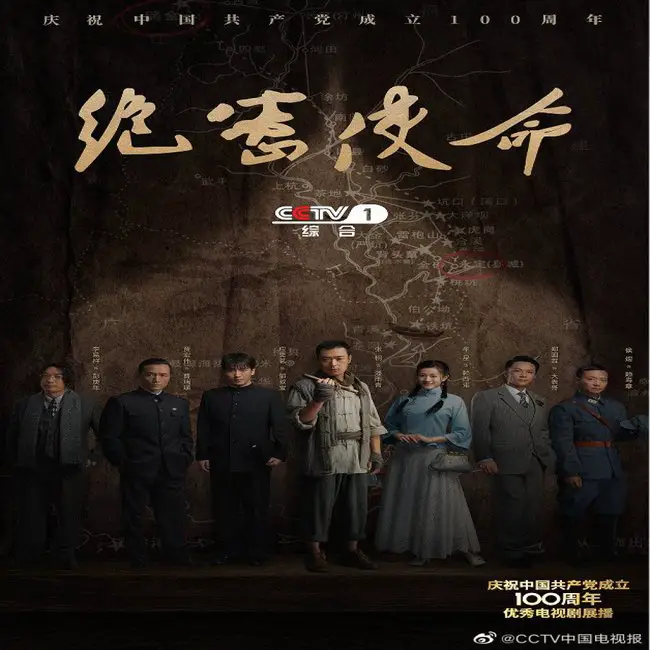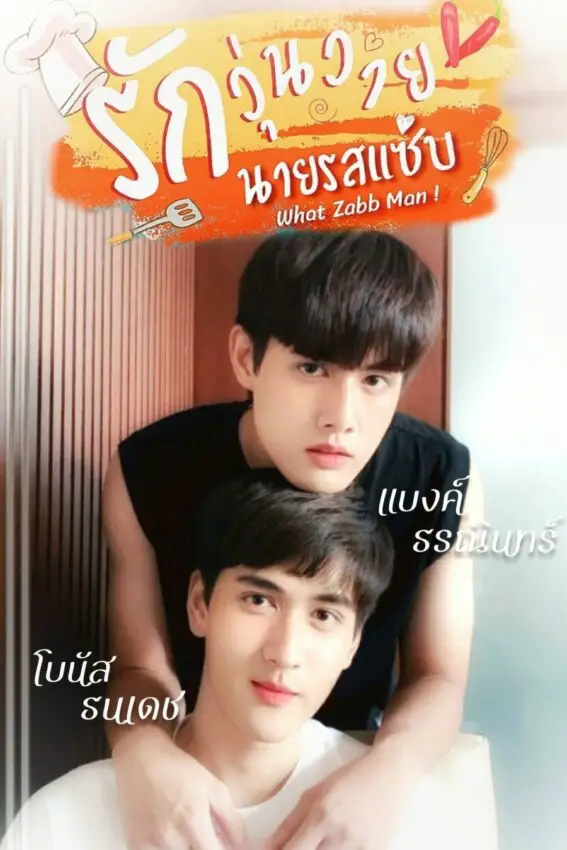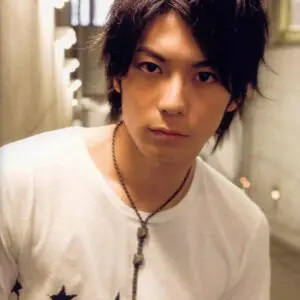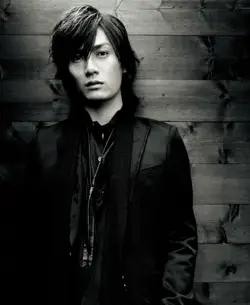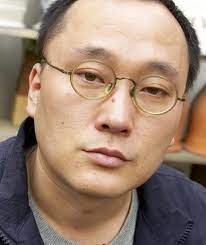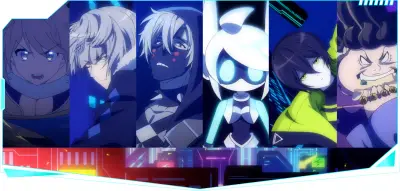


Drama-Digest
This time, Momoe and Matsuda Omori, After three months in a committed relationship, Ken stopped having sex. When Matsuda’s ex-girlfriend visits Japan, a new problem arises, giving Momoe cause for concern about their relationship. This season’s change in emphasis wasn’t puritanical; the show still has a sex-positive tone from previous seasons. However, this season instead delves further into the characters’ inner lives (yes, including Masaru), replacing the antic-sex scenario introductions of the previous series. It not only explains Momoe and Ken’s past, but it also offers Masaru, Toru, and Ume good character arcs.
The Feel-Good Part
The narrative style in Raise de Wa Chanto Shimasu is compelling. A narrator tells the story with a somewhat casual tone of voice. The voice announces the titles of each “chapter” and, towards the end, makes a sarcastic remark summarizing the happenings’ sequence. Even though the events depicted in these sequences occasionally become dramatic, bizarre, or wild, the narrator always manages to put a damper on the situation and keep it realistic.
The Disappointing Factor
Every significant character had some tale development, but it was primarily transitory filler. Half the episodes could have covered the entire season. They left everything open-ended, so there will probably be a season 4.
In-Depth Analysis
This season, there is probably just as much laughter as there are tears, and the emotional landscape is also more expensive overall. Surprisingly, the show has evolved a little. The show continues to steadfastly avoid communicating much significance, with each 30-minute episode broken into two vignettes showcasing at least one of the main characters. However, you will likely appreciate this season even more if you liked the previous ones. As a series, Raise de wa Chanto Shimasu maintains a high standard of honesty. The series succeeds because the technological requirements are relatively low. The camera work, lighting, and other behind-the-scenes components stay commonplace to keep the plot grounded even when it can get quite unbelievable. Yuasa Hiroki and Miki Koichiro were the show’s directors for all three seasons. Everyone who took over in between tried to follow in the footsteps of and respect the already set foundation. As mentioned earlier, everything put together, including the narrator, allowed for a seamless change from one season to the next, creating a unified series.
Star Power
The main character Omori Momoe (Uchida Rio), is the female protagonist. Still, her coworkers Takasugi Ume (Ota Rina), Matsuda Ken (Koseki Yuta), Hayashi Masaru (Goto Takanori), and Hiyama Toru (Tobinaga Tsubasa) each have exciting and distinctive backstories. Each character came from a distinct background and was an animator at Studio Delta by some strange coincidence. It is that easy. However, understanding how diverse these personalities are on the inside makes it much more fascinating to see where their romantic lives cross paths, literally and symbolically, and where and why they divide so frequently. Despite their superficial designations, these characters behave and feel like actual individuals. It’s important to note that each male character faces distinct challenges. Despite his appearance, Hayashi Masaru is quite romantic.
Overall Opinion
This franchise has its ups and downs overall. The miniseries is take-it-or-leave-it material; it’s long enough and cut well enough to be used as is, but it’s too short to constitute an entire episode. There is some meaningful commentary about what it means to be in a relationship and what that means to different individuals in the series, even though it is wrapped in the more seductive and somewhat campy elements. Even though it isn’t legally available, you can get it online with English subtitles, and I highly suggest checking it out if anything catches your attention.



